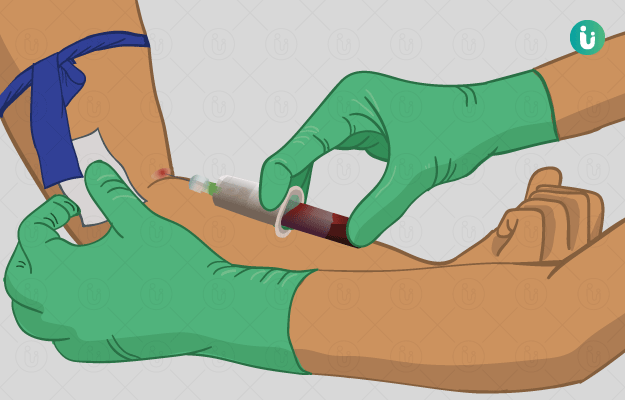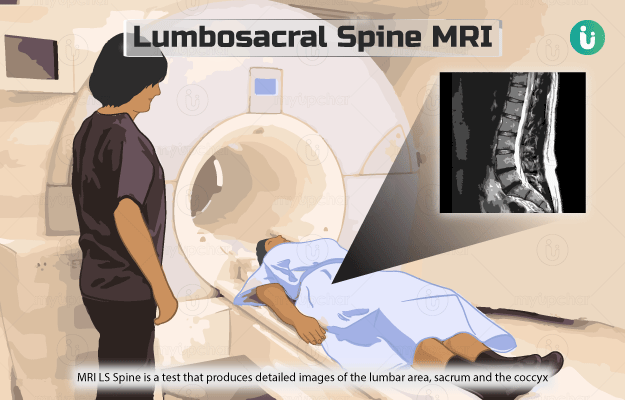Your doctor may order a negative stain when he/she suspects that you are suffering from an infectious disease. Though a lot of pathogenic microbes can be checked for using this test, here are some of the microorganisms that are commonly tested using negative staining along with the symptoms they cause.
A cerebrospinal fluid (CSF, a fluid present in the brain and the spinal cord) sample is used to detect C. neoformans. Symptoms of cryptococcal meningitis include:
If untreated, cryptococcal meningitis may lead to:
Your doctor may order this test to check for different viruses that cause rashes. For example:
You may have the following symptoms in chickenpox infection:
- Itchy blisters
- Rashes, which may appear in three phases:
- Red bumps
- Blisters filled with some fluid (vesicles)
- Broken blisters covered with crusts
- Fever
- Loss of appetite
- Headache
- Tiredness and feeling of being unwell
In shingles, a person may experience pain and burning sensation along with rashes. A shingles rash typically may show the following characteristics:
- Itching
- Rash on the face and ear
- Red patches
- Blisters filled with fluid
Poxviruses - cause various infections in humans and animals such as smallpox, monkeypox and orf.
Some of the symptoms related to monkeypox are:
Infections due to other viruses such as orf virus may also show some symptoms similar to that of monkeypox virus infection, such as mild fever or fatigue.
A herpes infection by the herpes simplex virus may show the following symptoms:
- Pain or itching
- Sores
- Small red bumps
- Ulcers
- Crusts
Spirochetes - slender and curved spiral-shaped bacteria with high motility, for example, the Treponema species. One of the species of Treponema, Treponema pallidum, is responsible for syphilis, a sexually transmitted disease in humans.
Some of the symptoms related to syphilis are:
- Sores around or in the mouth, vagina or penis
- Fever
- Loss of appetite
- Patches on the genitals or skin folds
- Skin rashes on the palms and soles
- Vision changes






























